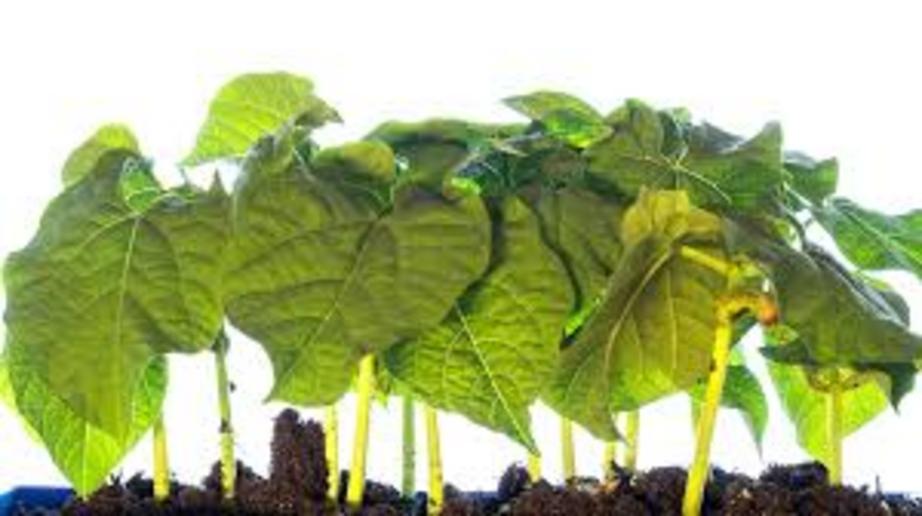Why your home survival plan needs a camouflage garden
A camouflage garden is a productive tactical alternative to traditional row gardening for preppers and homesteaders alike.
These gardens can increase your self-reliance in the event of a local, national, or even global SHTF situation.
Many survivalists quickly find themselves quickly emerged into the world of gardening to supplement their family’s emergency plans… but if you’ve already got a garden hidden away in the folds of your land, you’ll be ready to continue eating well when everyone else is looking for the smallest morsel!
What is A Camouflage Garden? Simply put, camouflage gardening is growing productive plants with numerous food and medical benefits in a manner that makes them hard to identify to outsiders.
Since most people are so far removed from our food system, to them, these plants will simply look like a nice, decorative touch to your landscaping efforts, not a potential food source to raid.
When it comes to growing a secret edible garden like this, there are a few options. Many of these plants can be grown from seeds or tubers, while others may be better off being purchased as an already established plant.
A good rule of thumb for any edible plant that you purchase, is to wait at least 60 days before consuming it to ensure that any possible residual pesticides will severely reduced or no longer present.
If you wish to grow some more traditional plants, but also keep your gardens less than obvious to outsiders, square foot gardening is another option that can be use in conjunction with camouflage gardening. Since this growing method also does not utilize traditional crop rows, it is not something that is obvious to those not versed in gardening.
Additionally, square foot garden beds are smaller, and can easily be hidden behind rows of other, edible camouflage garden favorites!
Why Do I Need A Camouflage Garden?
We all know there are (at least) 13 reasons you should be growing your own food… and there are several reasons why someone would want to conceal their edible gardening efforts.
In one example, many housing associations (and even most military base housing areas) restrict or have a ‘no tolerance rule’ for traditional food gardens. Although this rule may seem absurd to us, we do not always have the choice to simply move to another area to escape these overreaching regulations.
By employing camouflage gardening methods, you will be able to provide healthy food and a survival asset for your family all without “breaking the rules” of your HOA.
Another main concern of survivalists is protecting their preparedness activities. While it can be simple to conceal research, learned skills, and even food storage, a complete survival plan needs to encompass gardening.
However, that is not as easy to hide from the spying eyes of nosy neighbors. For this reason, many people put off learning gardening skills. Fear of not wanting to be identified as a target is a reasonable concern, but also one that needs to be overcome.
Sometimes it takes some survival ingenuity and thinking outside of the rows.
What Do I Grow In A Camouflage Garden?
Keep in mind you want this garden to look like anything but a food producing garden. However, you also want to plant stuff you and your family will definitely eat.
My suggestion is to try some of the suggestions below on a 1-2 plant basis at first to see if you like the taste. If so, sky’s the limit when it comes to planting!
Also, as you’re browsing the articles on our site and other sites, take note of the different plants you see described. If they look like they could be beautiful ornamental plants that may not look like food, consider adding them to your camouflage garden as well!
Flowers
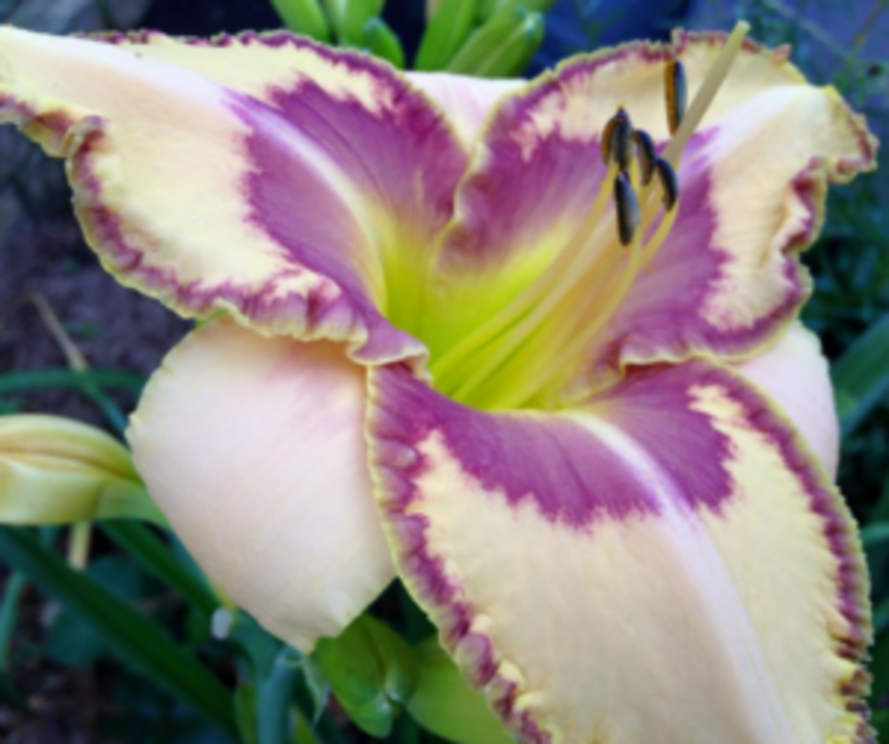
Daylilies are a practical addition to your camouflage garden.
Not only are daylilies beautiful, but they are a practical addition to your camouflage garden, too! Many varieties of daylilies even have edible tubers that taste similar to a water chestnut.
There are literally hundreds of varieties of daylilies ranging in all shades, sizes, and even blooming habits.
Another benefit is that some daylilies bloom multiple times a year. These “reblooming” varieties are a great choice for your camouflage garden.
Just like the tubers, daylily flowers are edible. Many cultures even grow daylilies for use as side dishes or in their ethnic dishes.
(Some varieties of lilies are poisonous. As with any plants, be sure of a proper identification before you attempt to consume, or use it)
Sunchokes
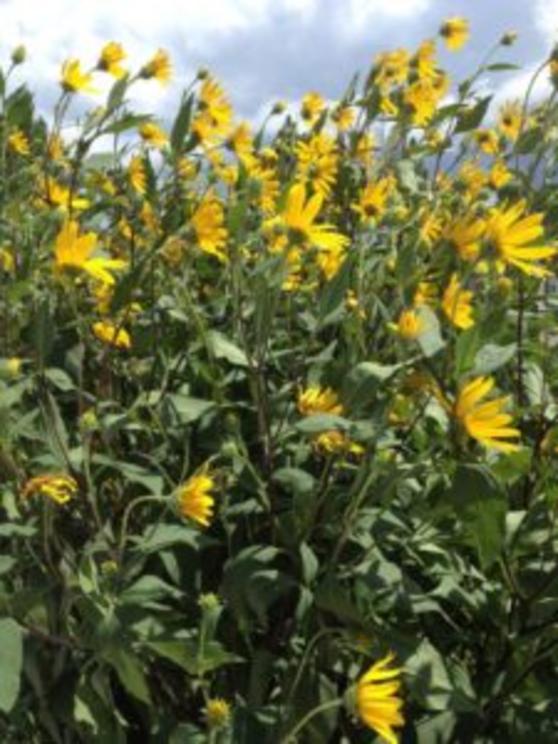
Also called Jerusalem Artichokes, Sunchokes are a beautiful and beneficial addition to your camouflage garden.
Sporting sunflower like blooms, these plants are hard to distinguish as anything but a decorative plant. Aside from the blooms attracting pollinators, the plant grows, and multiplies readily through its edible tubers. These edible, sweet, tubers, are similar in taste and use to potatoes.
Another benefit to Sunchokes, is the makeup of the edible tubers. Sunchoke tubers contain inulin and naturally occurring fructose, so they are claimed to be a healthy food for diabetics.
Roselle
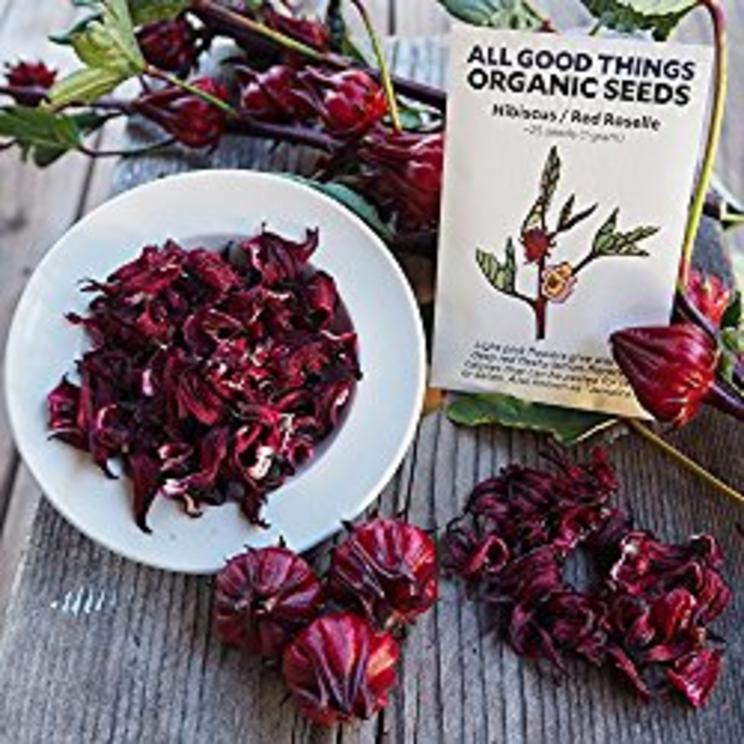
Roselle is yet another attractive and beneficial plant. Their calyces can be made into beverages, jams, or even used for dye and food coloring!
With a flavor like spicy spinach, the young leaves can be cooked, eaten and mixed in soups, and other dishes to add nutrients and flavor.
Another benefit of Roselle is the fibers from the tough stems. These can be spun and made into durable cordage or jute like materials.
Passion Flower Vine
Passion vine (aka Passiflora) is a unique and beautiful addition to any garden.
However, what many people do not realize is that passion vines also produce an edible fruit. Fruits can be eaten off the plant when they easily fall when touched.
Many people make drinks out of the fruits as well. This is a vitamin packed and flavorful solution to livening up a diet of rice and beans!
Additionally, passion flower vine leaves can be cooked or eaten raw.
Roses
We all know that a roses thorns make a great deterrent. This is why many people choose to plant rose bushes in areas that may be attractive hiding spots to burglars or Peeping Toms.
What most people fail to notice though, is that roses have other benefits as well!
Rose petals, while attractive and fragrant, are also edible. The petals contain high levels of water and vitamin C — two things that can be detrimental in an emergency situation.
However, since rose petals are not packed with calories, you would not want to rely on your rose garden as your sole means of food.
Other Annual Flowers
Along with the flowers listed above, a wide variety of normal landscaping flowers are also edible.
Commonly used flowers that are edible are pansies, marigolds, nasturtiums, and dahlias.
The drawback to these plants is that they are annuals. As such, you will either need to have seeds stored in your personal seed bank, or know how to harvest the seeds yourself.
Other suggested flowers for your camouflage garden:
Canna Lily
Calendula
Bushes
While fruiting bushes may be obvious to us, many people cannot notice, or identify, these important food sources.
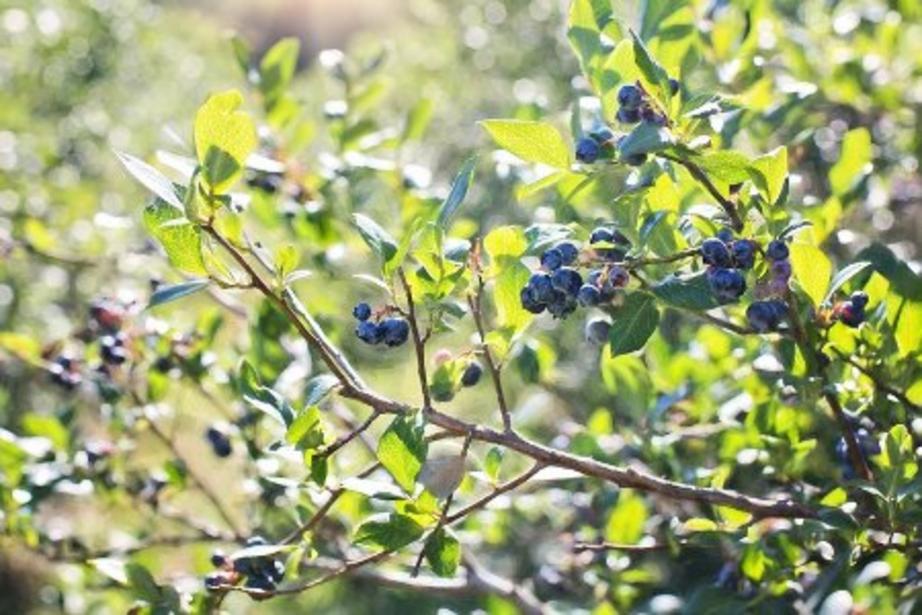
Blueberry bushes make great additions to your camouflage garden! Blueberries Blueberries are a vitamin packed food source that can be very valuable to the survivalist. They are usually easy to identify, but can be easily hidden.
Simple methods like keeping blueberry bushes trimmed in a more decorative manner can be enough to make these them simply look like any decorative landscape plant.
Blackberries and Raspberries
A draw back to blackberries and raspberries is that the common red varieties are very easy for people to spot.
If you choose to plant raspberries, put them in a less than obvious location, or choose a black or even yellow variety.
Most people are used to identifying food only by what they see in the grocery store. By choosing “unusual” varieties, this may be enough to make a common fruit, appear to be something that it is not.
Other suggested bushes for your camouflage garden:
Quince
Certain species of bamboo
Currents
Honeyberries
Rhubarb
Herbs
Most herbs are an obvious choice for many survival gardens. Herbs offer you a huge variety of practical, yet beautiful plants to choose from! From culinary seasonings, to medicinal benefits, herbs are a must have for your garden.
Some herbs are aggressive growers and spread quickly without proper control. For these herbs, you can plant them in pots and then bury the pot in your garden. Cover the pot with mulch and compost so that your garden will maintain its aesthetic appeal, all while controlling unwanted spread of the herbs.
For some great tips on growing herbs, check out our article on the five easiest herbs to grow!
Other suggested herbs for your camouflage garden:
Mint
Borage
Chamomile
Comfrey
Plantain
Final thoughts on camouflage gardening
When it comes to preparing anything for a potential survival situation, you have to think outside of the box. From home defense, to your food supplies, it is imperative to learn how to take a different, yet practical approach to everything that you do.
If you are concerned with your food stores and gardens being raided, this is a great way for you to prepare your family while protecting your resources as well. You also have the added benefit of not having to worry about whether or not your homeowner’s association allows food gardens.
Another note for parents — it is always wise to take the time to teach your children about plant toxicity and what they can and cannot safely eat. The problem with an edible garden like this is children tend to mimic. When they see you consume or pick plants, they may erroneously assume that all plants are edible.
Additionally, whenever you try a new edible plant, it is important to always keep safety in mind. There are steps that you can take to ensure that you do not have an adverse reaction to a plant before you begin consuming it.

